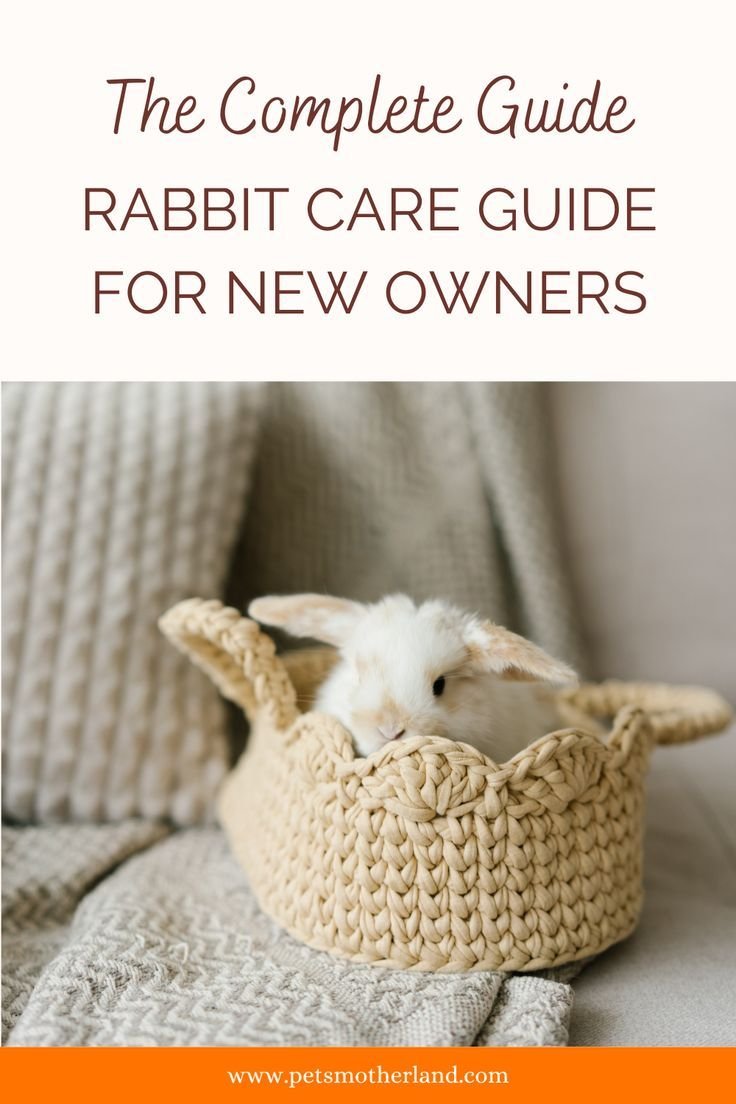
Rabbit care may sound daunting at first, but it really boils down to a few key areas: housing, diet, health, and social interaction. Trust me, once you get into the rhythm, it’s like riding a bike. You might fumble a little at first, but soon enough, you’ll be cruising along. Let’s hop right in and explore everything you need to know!
Creating the Perfect Home for Your Rabbit
The first step in being a responsible rabbit owner is setting up a comfortable living space for your new furry friend. Rabbits thrive in a dedicated area that offers safety and room to explore. Think of it like building a cozy little condo just for them.
Consider using a large rabbit cage, but not just any cage will do! It should be spacious enough for your rabbit to stretch out, hop around, and, importantly, stand up on their hind legs without bumping their head. A good size to aim for is at least 4 feet long by 2 feet wide, but bigger is always better.
You’ll also want to include some soft bedding material, like aspen shavings or straw, and a litter box filled with rabbit-safe litter. This way, they’ll have a place to do their business. Adding some toys—like chew toys and tunnels—will keep them entertained and mentally stimulated. Just make sure that any toys are safe and free of toxic materials.
Nourishing Your Bunny: The Ideal Diet
Feeding your rabbit the right diet is crucial for their health and happiness. Imagine trying to eat just one type of food every day; it wouldn’t be very exciting, right? Rabbits, like us, need variety too!
The foundation of your rabbit’s diet should be hay. Timothy hay is a popular choice and provides essential fiber, which keeps their digestive system running smoothly. Aim for unlimited access to hay at all times.
Next up, fresh vegetables! Leafy greens like romaine lettuce, cilantro, and parsley are perfect, but be careful—some veggies, like iceberg lettuce, can upset their tummies. Introduce new foods slowly to avoid any digestive upset. You can also give them a small amount of rabbit pellets, but keep this to a minimum because too many can lead to obesity.
Lastly, fresh water is a must. Provide a clean water bottle or bowl daily and check it frequently. Just like we need hydration, rabbits need it too!
Understanding Rabbit Grooming
Grooming might seem like a chore, but it’s an important part of rabbit care you won’t want to skip. Think of it as a bonding time with your furry buddy. Regular grooming helps keep their coat in great shape and reduces shedding around your home.
For long-haired rabbits, you’ll need to brush them several times a week to prevent mats and tangles. You can use a slicker brush or a comb, just be gentle—you want this to be a pleasant experience for them. Short-haired rabbits only require occasional brushing, but don’t skip it completely.
Don’t forget about nail trimming! You should trim your rabbit’s nails every few weeks. If you’re not sure how, don’t be shy—ask your vet for a quick demonstration. Keeping their nails short will help prevent painful overgrowth.
Health Care Essentials: Vet Visits and Vaccinations
Just like us, rabbits need regular check-ups to stay healthy. You might be wondering how often you should take your rabbit to the vet. Ideally, at least once a year for a wellness exam is a good start, but if you notice any changes in behavior or eating habits, don’t hesitate to make an appointment sooner.
Vaccinating your rabbit is also crucial. Depending on where you live, your vet may recommend specific vaccines to protect against common diseases. Make sure to discuss this with your vet during your visit.
Another aspect of rabbit health is spaying or neutering. Not only does this prevent unwanted litters, but it also helps with behavioral issues, and many vets recommend it for the overall health of your pet.
Socializing Your Bunny: A Must for Happiness
Rabbits are social creatures, and they thrive on interaction. Imagine living in a big, empty house all alone; it wouldn’t be much fun. Your rabbit will appreciate spending time with you and could even enjoy the company of another rabbit if you have the space and resources.
Take time each day to sit with your bunny, pet them, and simply let them explore your space. You can also teach them commands and tricks—yes, rabbits can learn! Just use treats for positive reinforcement. Remember, patience is key, and every bunny has its own personality.
If you do consider getting a second rabbit, make sure to introduce them properly. The right pairing can lead to a delightful bunny friendship, but a poor introduction can lead to stress and territorial disputes.
Common Challenges New Rabbit Owners Face
Like any pet, rabbits can present unique challenges. One common issue new owners face is litter training. While many rabbits can be trained to use a litter box, it may take some time. Start by placing the litter box in the area where your rabbit tends to do their business and be consistent.
Another hurdle is chewing. Rabbits love to chew on just about anything, which can include your furniture and electrical cords. Providing plenty of safe chew toys and regularly redirecting them can help.
Lastly, it’s important to monitor their health. If you notice anything unusual—a sudden change in eating habits, lethargy, or unusual sounds—don’t wait; contact your vet. Early intervention can make a big difference.
Final Thoughts on Rabbit Care
Bringing a rabbit into your life is a joyful journey, filled with love and companionship. By understanding their needs and providing a comfortable home, proper nutrition, and regular health care, you’ll set your furry friend up for a happy life.
Remember, the bond you create with your bunny is rewarding, and the effort you put into their care is worth every hop and snuggle you receive in return. Enjoy the delightful experience of being a rabbit owner!

